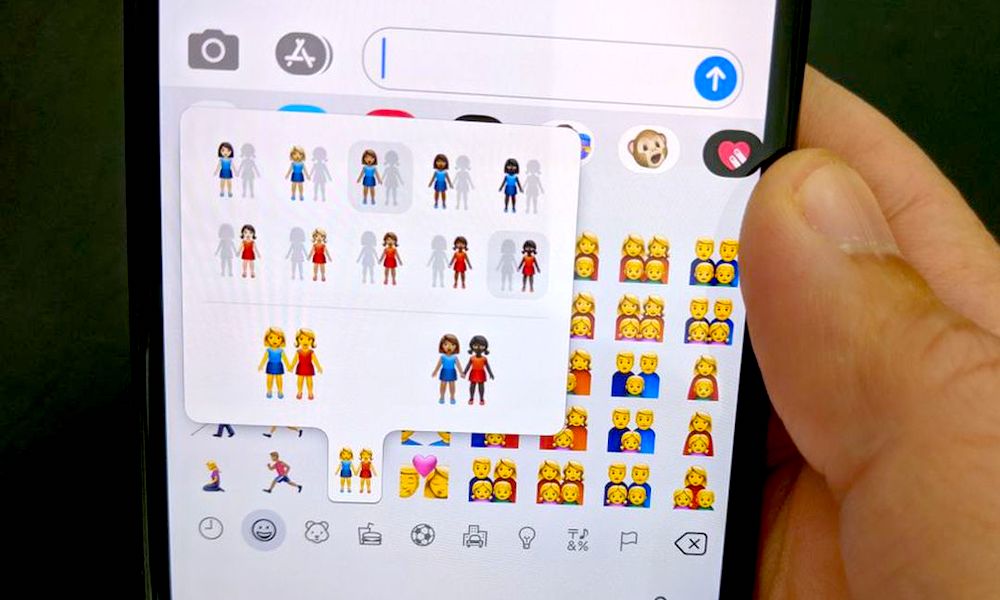Apple Is the First to Introduce a Slew of New Gender-Neutral Emoji + More
 Credit: Emojipedia
Credit: EmojipediaToggle Dark Mode
Activists are praising Apple for new emoji options that the company has introduced in its latest iOS 13.2 software update.
More specifically, the company has taken steps to make its own software-specific emoji characters more inclusive with the addition of various gender-neutral options.
iOS 13.2 Emojis
When it comes to new emoji, iOS 13.2 is a fairly major update. It introduces a total of 398 new designs, options and characters to Apple’s iPhones, iPads, Macs and Apple Watches.
According to Emojipedia, the characters are sourced from the Emoji 12.0 and Emoji 12.1 standards. And, interestingly, the inclusion of the Emoji 12.1 standard makes Apple the first software maker to implement them since they were announced.
As far as the characters themselves, Unicode 12 and the Emoji 12 standard are most particularly focused on inclusivity.
There are now new symbols for blind and deaf people and users are able to individually change the skin tone of each character in emoji that feature multiple people.
And now, virtually every person emoji has a third gender-neutral character option that presents as neither male or female.
For most of these options, the gender-neutral character is more gender-inclusive and androgynous — featuring hair that falls above the shoulders and gray outfits rather than the purple or blue colored options for male and female emoji.
While there were previously gender-neutral emojis in past versions of iOS, iOS 13.2 is really the first software update to implement them on a large scale.
LGBTQ Activists Are Praising Apple
Activists and others in the LGBTQ community are praising Apple for the new gender-inclusive emoji character options.
Jean-Marie Navetta, a spokesperson for LGBTQ family organization PFLAG, told Business Insider that Apple users now have a “whole new way to express themselves that isn’t gendered.”
And Melanie Willingham-Jaggers, the deputy director for GLSEN, said that the changes are important because “emojis are the language we use.”
“To have queer and non-binary folk represented in emojis, that’s especially important for young people,” Willingham-Jaggers told BI. “They’re able to grow up with this language.”
While the new emoji characters may not be perfect, Willingham-Jaggers said that this is a good step toward illustrating that “representation matters.”
Apple isn’t the first software maker to try implementing gender-neutral and inclusive emoji characters. Back in 2015, Google attempted to crate characters without an apparent gender.
But, in 2016, the Unicode Consortium, which sets and maintains the emoji standard, added gendered emoji options as the default. It wasn’t until a year later, in 2017, that it approved the addition of gender-inclusive options.
While Apple may be the first to implement these Unicode-approved gender-neutral options, other software makers are likely to begin catching up. Android, for example, should see the full range of options in the first half of 2020.






